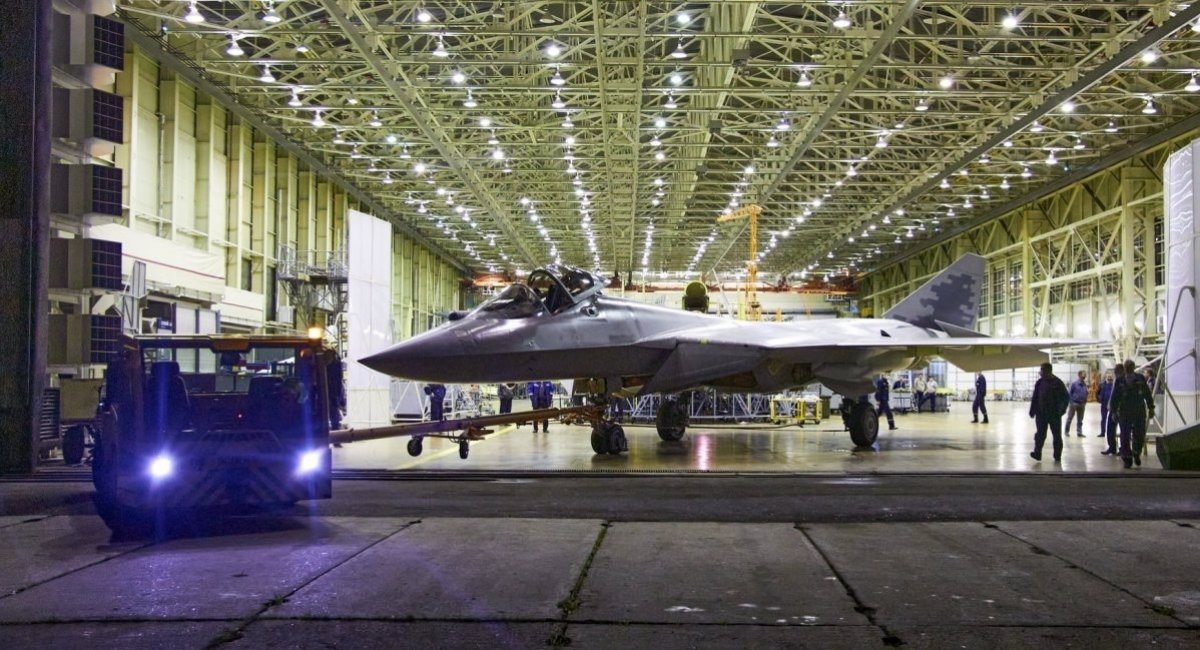
In 2023, the Russian Federation received at least 18 new combat aircraft, not counting the Su-57
According to The Military Balance 2024, last year the Russian Aerospace Forces received two Su-30SM2 fighters for naval aviation, at least six Su-34M aircraft and at least ten Su-35 fighters from the Russian military-industrial complex. In addition, a certain number of Su-57s have been delivered, but it is unclear whether the Russians will be able to produce the 70 such aircraft planned for 2027.
In addition, the ability of the Russian military-industrial complex to produce new combat aircraft for the Russian Aerospace Forces is also affected by the need to repair combat aircraft that have damage or technical problems sustained during the hostilities against Ukraine. The International Institute for Strategic Studies (IISS), which is the compiler of The Military Balance, writes about this in its blog.
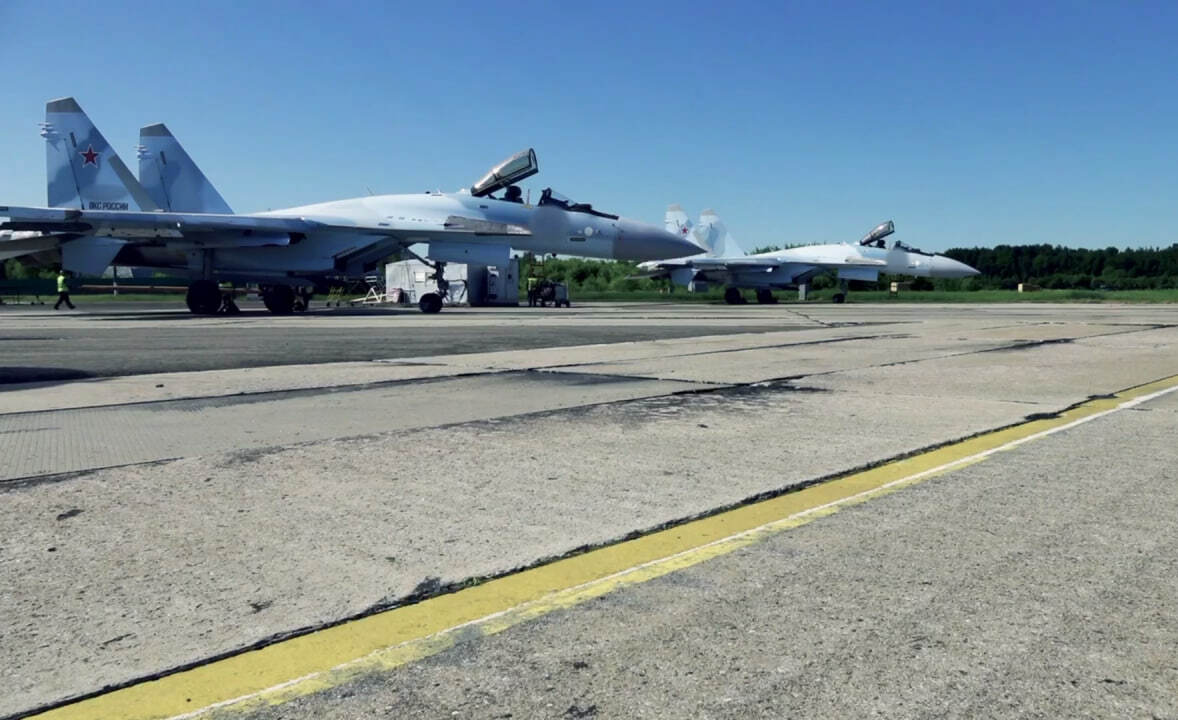
In their publication, IISS experts also point out that during the full-scale war against Ukraine, the Russians lost at least 40% of their pre-war fleet of Ka-52 helicopters and at least 20% of the fleet of Mi-8MTPR-1 electronic warfare helicopters.
It is also noted that the Russians suffered significant losses in the fleet of Mi-28 and Mi-35 helicopters, but IISS promises to disclose more detailed estimates, including losses in Su-25 attack aircraft and Su-35 fighters, after the presentation of The Military Balance 2024.
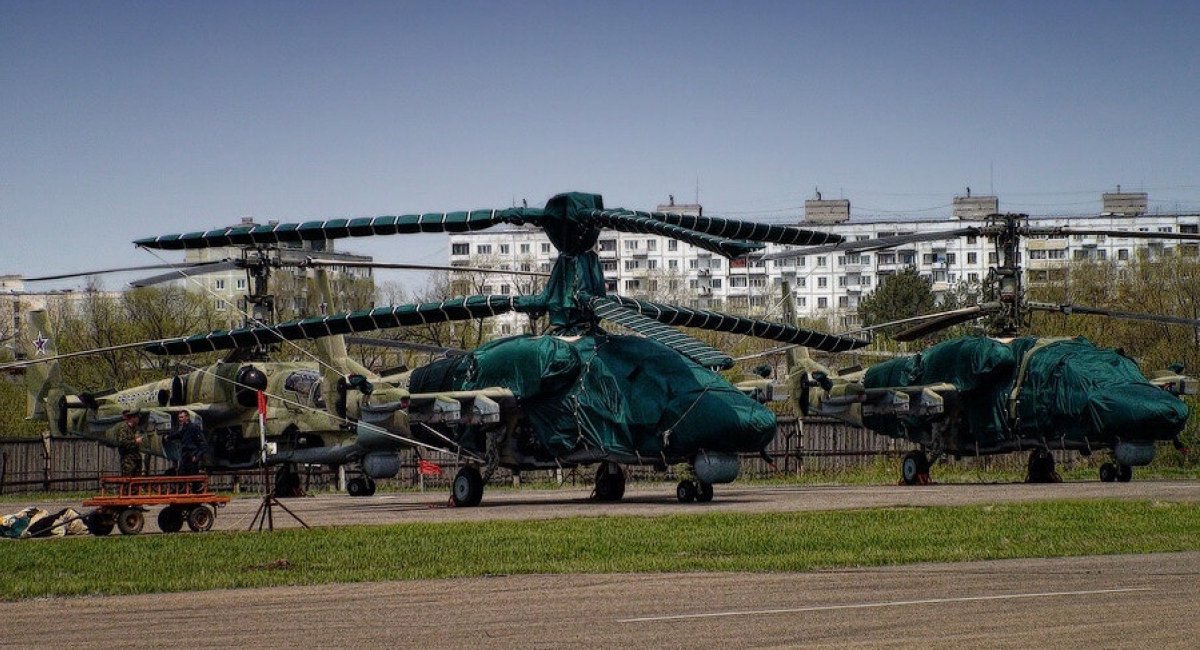
In addition, the institution’s experts emphasize that the downing of the Russian A-50 and damage to the Il-22 also significantly “sank” the capabilities of the Russian Aerospace Forces in terms of reconnaissance and airspace monitoring. And this fits into the overall picture of the Russian aviation’s failure to fulfill its basic task of gaining dominance in the skies over Ukraine and destroying the Ukrainian air defense system.
However, as the IISS also emphasizes, the fact that Russian aviation failed to achieve its objectives in the war against Ukraine does not mean that the Russian Aerospace Forces simply did nothing. Quite the contrary, the Rashists fought aggressively in the air, but simply did not have either the necessary efficiency or the necessary numbers to achieve their goals.
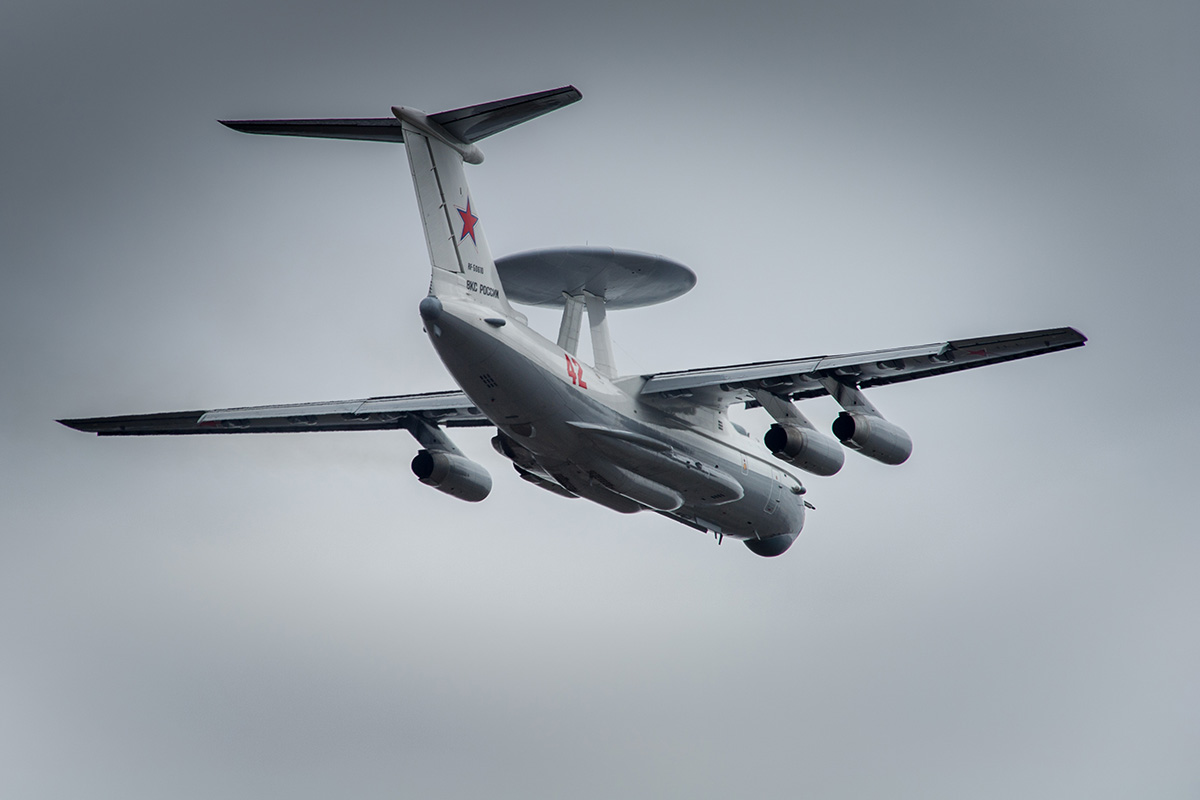
For example, we should pay special attention to the fact that the Russians use their Su-34s quite effectively as carriers of guided bombs with UMPC modules or X-59 tactical missiles, operating outside the range of Ukrainian air defense.
However, at the same time, the Rashists have a problem with the stocks of their long-range X-101 missiles. The current situation is such that these missiles are used to strike Ukraine right off the wheels, literally after being released from the Raduga plant.
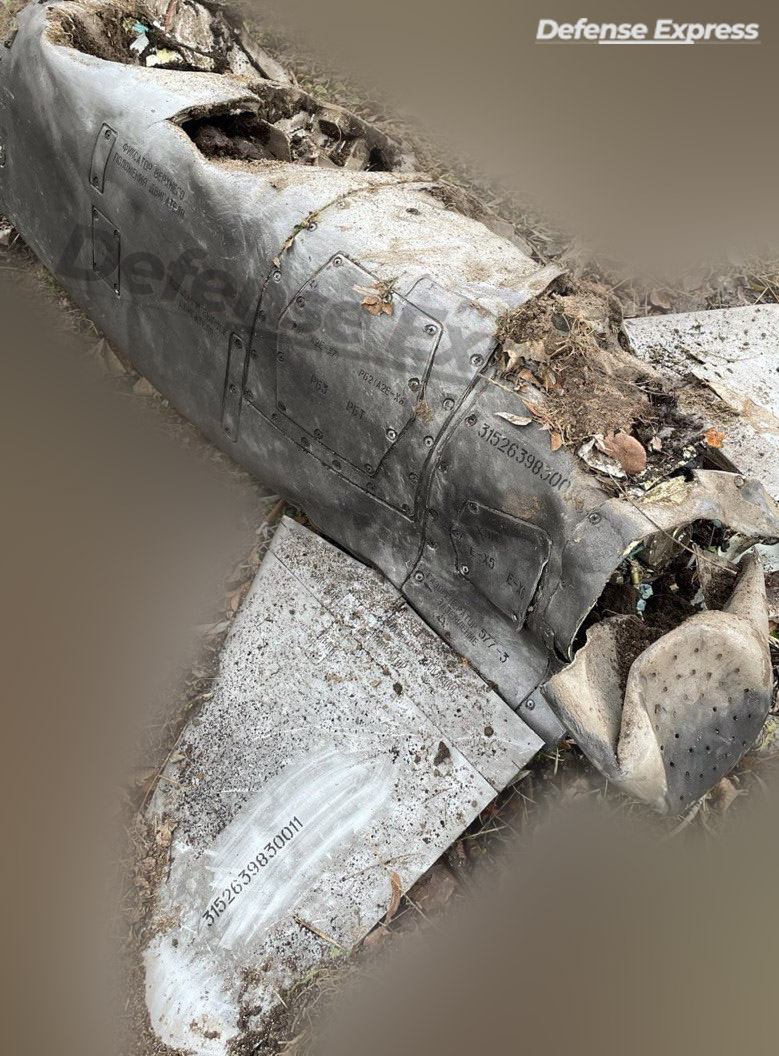
Summarizing all of the above, the Russian Aerospace Forces showed poor results and suffered heavy losses, but they are trying to adapt at least tactically. Therefore, Ukraine needs to continue to inflict severe losses on Russian aviation.
Earlier, Defense Express wrote that the Poles suddenly remembered that the Russians wanted to return the MiG-27, and this is very significant. In particular, this publication cited an estimate that during the 2 years of the full-scale invasion, Russia received only 27 airplanes and 8 helicopters from new aircraft.

